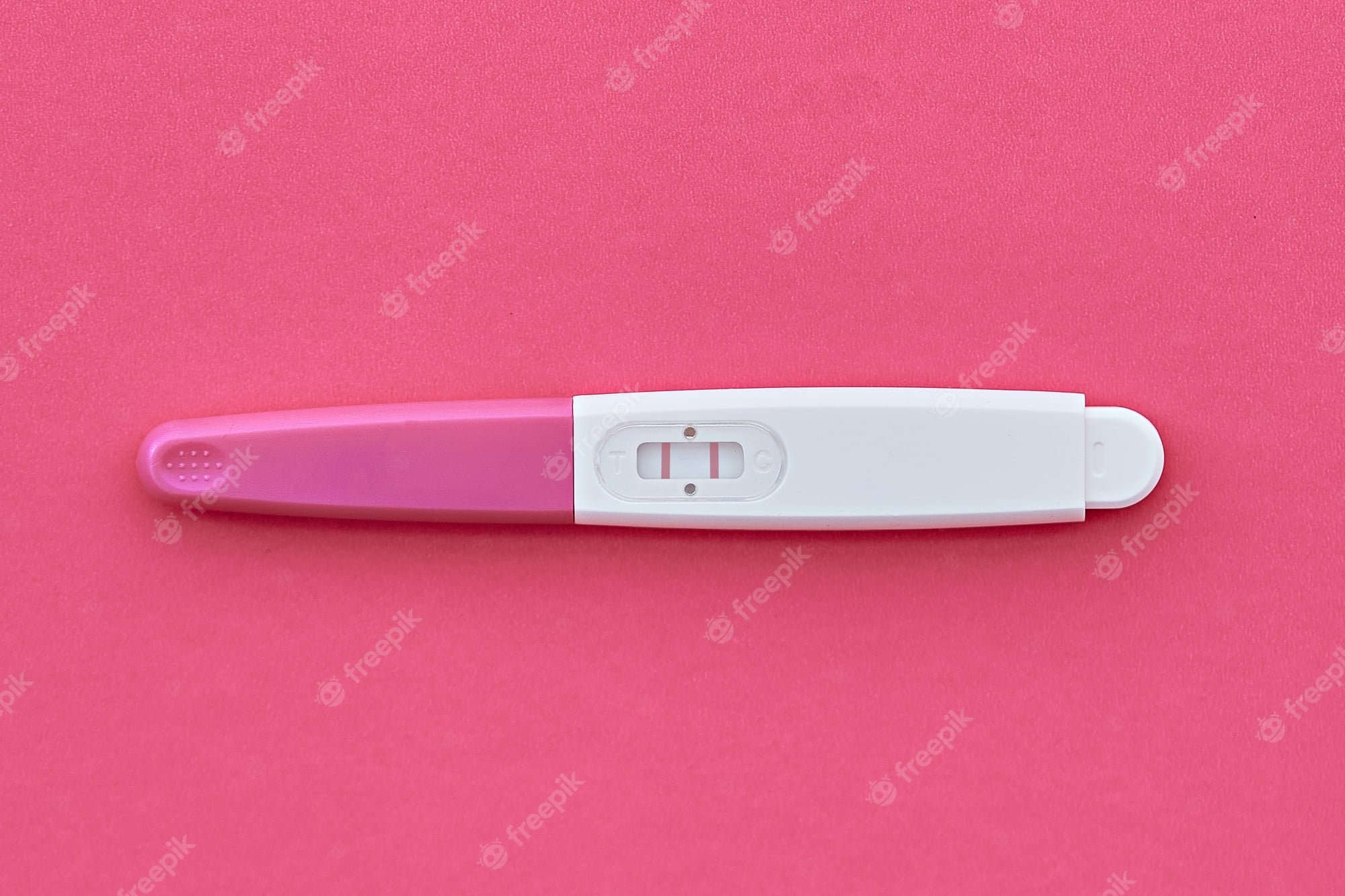
Contents
Introduction
Pregnancy tests are the go-to method for women seeking to confirm or rule out pregnancy from the comfort of their homes. However, they can sometimes produce confusing results, leading to anxiety and uncertainty. One such puzzling phenomenon is the “dye run.” In this article, we’ll delve into the world of pregnancy test dye runs, discussing what they are, why they occur, and how to differentiate them from genuine positive or negative results.
Understanding Pregnancy Tests
Before diving into the complexities of dye runs, let’s first understand how a pregnancy test works. Most home pregnancy tests operate by detecting the presence of human chorionic gonadotropin (hCG), a hormone produced by the placenta during pregnancy. When a woman is pregnant, her body starts producing hCG, and this hormone is excreted in her urine. The pregnancy test’s indicator reacts to the presence of hCG, giving you a positive result if the hormone is detected and a negative result if it’s absent.
What is a Dye Run?
A dye run occurs when the ink or dye used in the pregnancy test kit spreads unevenly across the result window, creating streaks or smudges that can be mistaken for a positive result. This can happen for various reasons, but the most common include:
1. Evaporation Lines
Evaporation lines can be easily confused with dye runs. When the urine on the test strip evaporates, it leaves behind a faint line that can be misinterpreted as a positive result. These lines often appear colorless or gray.
2. Faulty Tests
Sometimes, the dye run is a result of a faulty pregnancy test. Quality control issues during manufacturing can lead to uneven distribution of the dye, causing streaks or smudges.
3. Reading the Test Too Late
Pregnancy tests come with a specified waiting time for results to develop. Reading the test too late can result in a dye run. Always follow the instructions provided with the test kit.
How to Differentiate Dye Runs from Real Results
Distinguishing a dye run from a genuine positive or negative result is crucial to avoid unnecessary anxiety. Here are some tips to help you differentiate between the two:
1. Follow the Instructions
Always read and follow the instructions provided with your pregnancy test kit. Stick to the recommended waiting time before interpreting the result.
2. Check the Color
Dye runs often appear colorless or gray, while a true positive result will show a distinct color, typically pink or blue, depending on the test brand.
3. Repeat the Test
If you’re unsure about the result, it’s best to repeat the test after a day or two. A genuine positive result should become more pronounced over time, while a dye run is likely to remain unchanged.
Conclusion
In conclusion, understanding the phenomenon of pregnancy test dye runs can alleviate unnecessary stress and confusion for women trying to confirm their pregnancy status. Always read the instructions carefully, interpret the results within the recommended time frame, and look for distinct colors to ensure an accurate reading.
Frequently Asked Questions (FAQs)
- Can a dye run ever indicate pregnancy? No, a dye run is a result of the test’s ink or dye spreading unevenly and should not be mistaken for a positive pregnancy result.
- How can I prevent dye runs from happening? To minimize the chances of a dye run, make sure to follow the test instructions carefully and read the result within the specified time frame.
- Is it common for pregnancy tests to produce dye runs? While not extremely common, dye runs can occur due to various factors, including faulty tests and user error.
- What should I do if I get a faint line on my pregnancy test? If you’re unsure about the result, it’s advisable to repeat the test after a day or two to see if the line becomes more distinct.
- Are digital pregnancy tests less prone to dye runs? Digital pregnancy tests, which display “pregnant” or “not pregnant” rather than lines, are generally less prone to dye runs, as they eliminate the need for interpretation.




